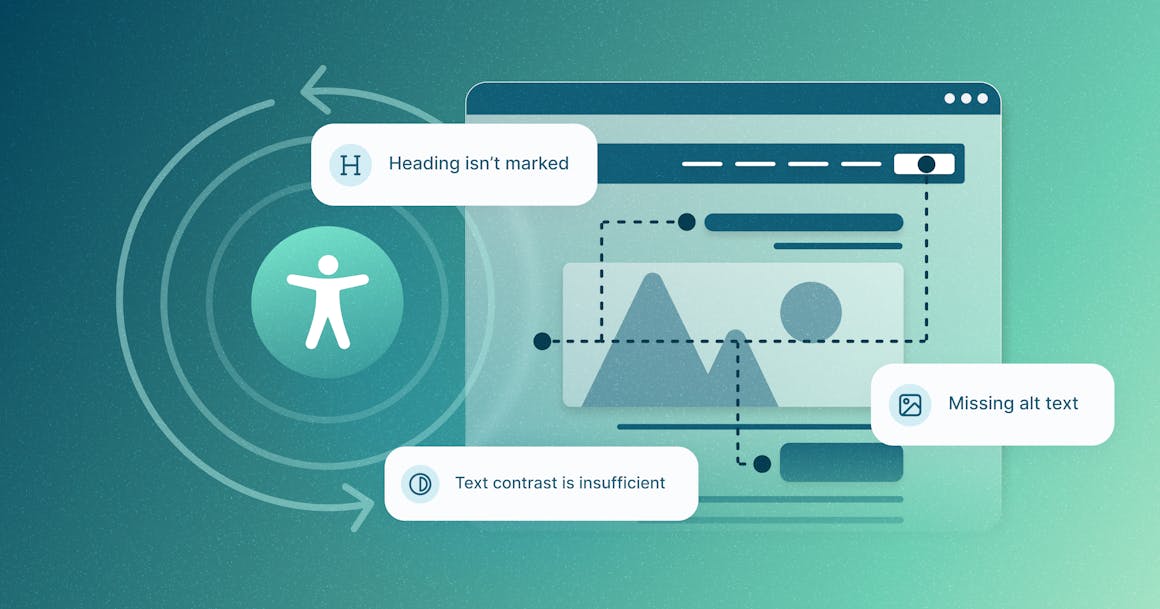Creative Corner
Explore a world of arts and crafts inspiration.
Web Accessibility: A Dance with Diversity
Explore the rhythm of web accessibility and embrace diversity—unlock the secrets to an inclusive online experience!
Understanding Web Accessibility: Breaking Down Barriers for All
Web accessibility refers to the inclusive practice of ensuring that everyone, including individuals with disabilities, can perceive, understand, navigate, and interact with the web effectively. By implementing accessibility standards, such as the Web Content Accessibility Guidelines (WCAG), web developers and designers can create environments that break down barriers for all users. This includes providing alternative text for images, ensuring proper contrast between text and background, and enabling keyboard navigation. Such measures not only enhance the experience for individuals with disabilities but also improve usability for all users.
Understanding web accessibility is essential for fostering an equitable digital landscape. It supports legal compliance and ethical responsibility while also expanding your audience reach. Companies that prioritize accessibility often see increased customer loyalty and engagement. To effectively break down barriers, organizations should conduct regular accessibility audits and involve users with disabilities during the design and testing phases. By fostering a culture of inclusivity, businesses can ensure that their online presence is welcoming and accessible to everyone.

The Importance of Inclusive Design: Why Diversity Matters in Web Accessibility
Inclusive design is critical in ensuring that everyone, regardless of their abilities or backgrounds, can access and interact with web content. By embracing diversity in web accessibility, designers create experiences that acknowledge the varied needs of users. This means considering factors such as visual impairments, cognitive differences, and various user devices. When websites and applications are designed with inclusivity in mind, they not only enhance user satisfaction but also broaden reach and engagement, ultimately leading to a more equitable digital landscape.
Moreover, the importance of inclusive design extends beyond compliance with accessibility standards; it influences innovation and creativity. When a diverse group of individuals contributes to the design process, a wider array of perspectives is brought to the table, leading to more comprehensive solutions. For instance, engaging with users from different backgrounds can inspire new features that cater to an underrepresented audience. In essence, embracing diversity in web accessibility is not merely a best practice, but a necessity for fostering a truly inclusive digital world.
How to Create Accessible Websites: A Step-by-Step Guide for All Abilities
Creating accessible websites is essential to ensure that all users, regardless of their abilities, can navigate and interact with your content effectively. Start by employing a clear and intuitive navigation structure that allows users to understand where they are and how to move between different sections of your site. Utilize heading tags (<h1>, <h2>, etc.) to create a logical flow of information and improve readability. Additionally, make sure to provide alternative text for any images or non-text content so that screen readers can convey this information to users with visual impairments.
Incorporating color contrast is another vital aspect of designing accessible websites. Ensure that the text contrasts significantly with its background to assist users with low vision or color blindness. You can use tools to check color contrast ratios easily. Furthermore, consider implementing keyboard navigation support to cater to users who cannot use a mouse. This means ensuring that all interactive elements are reachable and usable via keyboard shortcuts, allowing for a more inclusive browsing experience.